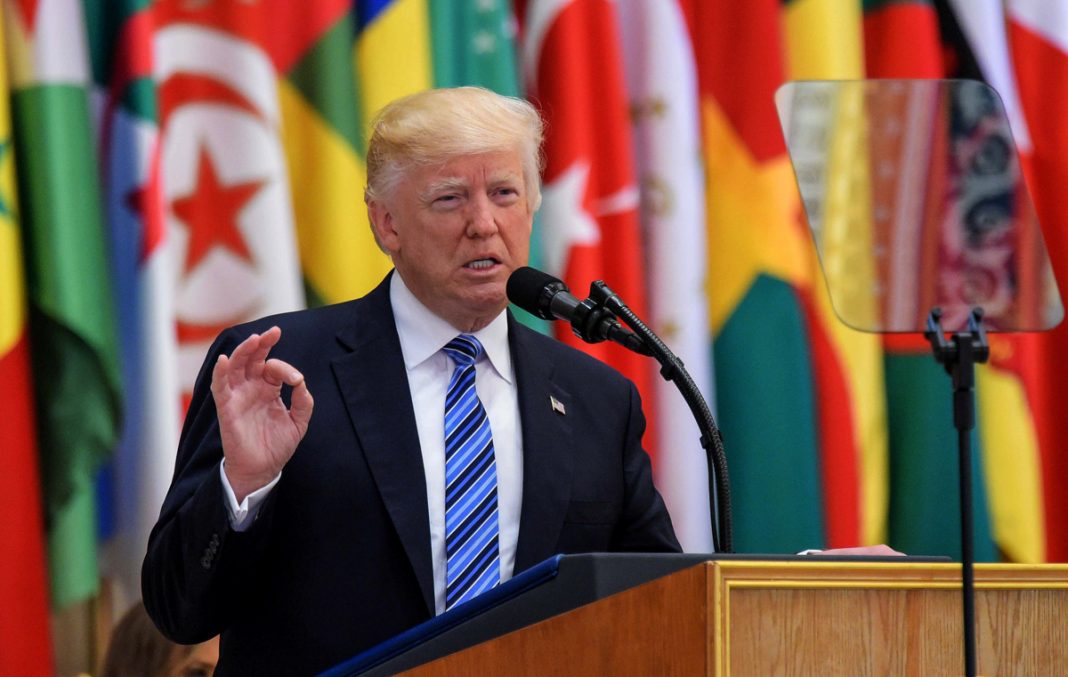As tensions over the Gaza conflict continued in September, Qatar and other Arab nations sought assurances from the United States to prevent further Israeli military actions on their soil. This effort coincided with the United Nations General Assembly meetings in New York, where high-level diplomacy unfolded to create a unified plan aimed at ending the two-year-long war. Former President Donald Trump, working closely with Middle East envoy Steve Witkoff, played a central role in coordinating the plan with both Arab leaders and Israel, balancing military, political, and humanitarian considerations.
Qatar Presents Arab Demands
In mid-September, Qatari officials traveled to New York to personally deliver the Arab demands to U.S. officials. On September 20, Prime Minister Sheikh Mohammed bin Abdulrahman al-Thani met with Steve Witkoff and Jared Kushner to present the key points. Among the central concerns was a request for guarantees from the United States that Israel would not strike Qatar again, reflecting heightened sensitivity after the missile strike on Doha earlier in the month.
This meeting set the stage for the integration of Arab priorities into the broader U.S.-led peace initiative. The goal was to ensure that any cease-fire plan would address not only the cessation of hostilities but also long-term stability and humanitarian considerations.
Air Force One Strategy and Coordination
The following day, while en route to a memorial service for conservative activist Charlie Kirk, President Trump and Jared Kushner conferred by phone with Witkoff regarding the emerging Gaza plan. Trump emphasized that any initiative needed to be more than a simple cease-fire; it had to be an “end-of-war plan” acceptable to all parties involved. This insistence reflected Trump’s strategic approach to ensure that the plan could achieve lasting impact rather than merely pausing hostilities temporarily.
The UN General Assembly Meeting
On September 23, during the United Nations General Assembly in New York, Trump and Witkoff convened a meeting with senior officials from Arab and Muslim-majority countries to outline the plan for ending the war in Gaza. Prior to the session, representatives from these nations gathered at the Qatari mission to present a unified front, emphasizing cohesion and shared priorities.
During the meeting, Witkoff carefully navigated sensitive topics. He described the plan in terms that resonated with Arab leaders, emphasizing Hamas’ need to “decommission” its weapons rather than “surrender” them—a distinction aimed at reducing political friction. Key elements included:
- A staged Israeli withdrawal from Gaza
- Retention of Palestinians in Gaza and respect for their rights
- Return of hostages held by Hamas
- Amnesty provisions for Hamas fighters
The plan largely incorporated points previously agreed upon by Arab and Muslim nations in Doha, enhancing its acceptance among participants.
Addressing Difficult Questions
Despite broad support, some sensitive issues were deliberately sidestepped. For instance, when asked whether the United States supported a two-state solution, both Trump and Witkoff avoided a direct response. Witkoff instead pivoted to describe a postwar Gaza arrangement that would be broadly acceptable to the Arab and Muslim countries present.
Questions about Israel’s commitment to follow through were met with assurances from Trump that he would manage Prime Minister Netanyahu’s involvement, signaling the U.S. role as both mediator and guarantor of implementation.
Follow-Up and Written Proposal
To formalize the agreement, Trump instructed Secretary of State Marco Rubio to hold a follow-up session. On the next day at the Lotte New York Palace, Rubio presented Arab and Muslim counterparts with a detailed written plan, consisting of 21 points. This document aimed to provide clarity on the framework for negotiations, encompassing security, governance, humanitarian aid, and the phased return of hostages and prisoners.
Dissent and Challenges
Despite general support, the plan was not without dissent. Pakistan, for example, exhibited mixed reactions. Prime Minister Shehbaz Sharif publicly welcomed the initiative, while Foreign Minister Ishaq Dar criticized certain omissions and ambiguities, stating, “This is not our document… There are some key areas that we want covered. If they are not covered, they will be covered.” Such divergence highlights the ongoing challenge of unifying diverse international actors behind a single peace framework.
These disagreements underscore the complexity of Middle East diplomacy, where national interests, historical grievances, and political sensitivities must be reconciled to achieve tangible results.
Implications for Gaza and Regional Diplomacy
The meetings at the United Nations illustrated the importance of high-level engagement in multilateral diplomacy. By incorporating Arab concerns, the U.S. plan aimed to ensure regional buy-in while providing Israel with assurances regarding its security and political considerations.
The approach also reflected lessons learned from prior incidents, such as the Doha missile strike, demonstrating that miscommunication or unilateral military actions could jeopardize ongoing negotiations. Trump’s insistence on an “end-of-war plan” rather than a temporary cease-fire emphasized the importance of long-term strategic thinking in conflict resolution.
Conclusion
The UN meetings in September exemplify the intricate balance of diplomacy, strategy, and regional coordination necessary to address conflicts like Gaza. By integrating Arab demands, managing Israel’s concerns, and navigating sensitive political issues, the U.S.-led initiative sought to establish a credible pathway to peace. While challenges and dissent remain, the framework created during these sessions demonstrates the potential for structured, multilateral diplomacy to address longstanding conflicts in the Middle East.




